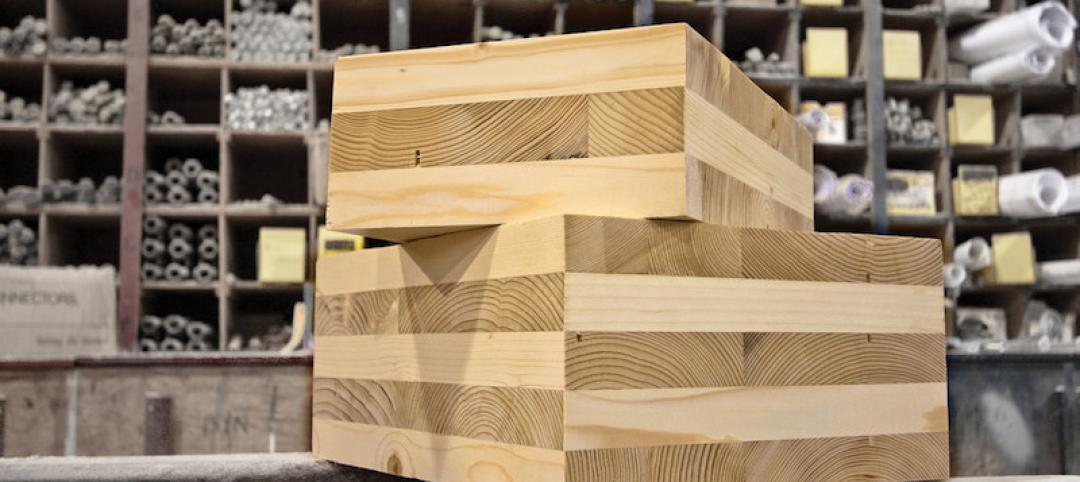The Fenestration and Glazing Industry Alliance (FGIA) has updated two documents addressing fenestration anchorage.
This is the first update to both documents: AAMA 2501-20, “Voluntary Guide for Engineering Analysis of Anchorage Systems for Fenestration Products” and AAMA TIR-A14-20, “Fenestration Anchorage Guidelines.” The former was originally written in 2006; the latter was created in 2010.
“These documents are companions, and both provide guidance on what needs to be considered to determine appropriate anchorage of fenestration products,” said Sarah Erickson (Wausau Window and Wall Systems), chair of the FGIA Fenestration Anchorage Systems Task Group in a news release. “AAMA 2501 establishes the information that a design professional will require to be able to analyze an anchorage detail. AAMA TIR-A14 outlines several types of analysis that a design professional will perform on the most common anchorage details for fenestration products.”
AAMA 2501 establishes the minimum requirements for a fenestration anchorage system for load resistance with an appropriate safety factor that is equal to or greater than the project-specific design pressure requirements. AAMA TIR-A14 offers engineering rules and guidelines in the designs of fasteners used in the connection of fenestration to the surrounding building conditions.
Both documents were revised to align more closely with one another, including updates to reference material and the addition of details pertaining to significance of use. Small, but crucial, equation revisions were also included in the 2020 version of AAMA TIR-A14, the release says.
Related Stories
Regulations | Aug 8, 2016
EPA toughens rules to reduce formaldehyde exposure from composite wood products
Products will now have to be labeled as compliant to the new rules.
Regulations | Aug 5, 2016
Stop-work orders in New York City up sharply this year
The orders come after a rise in the number of deadly accidents that have occurred in the past few years.
Sustainability | Aug 4, 2016
S.F. Bay Area voters approve first-of-its-kind tax to fight impact of climate change
The funds from the tax will be used to restore wetlands
Concrete | Aug 2, 2016
Concrete Association builds case against cross-laminated timber
The campaign asserts that not enough is known about CLT in construction
Seismic Design | Jul 28, 2016
Risk of man-made earthquakes now factor in seismic hazard analysis
Significant risk increases seen in some areas of the U.S.
Resiliency | Jul 27, 2016
New York’s resilience plans not taking long-term view, critics charge
Continued waterfront development may be regretted later this century.
Green Specifications | Jul 26, 2016
New Miami Beach law requires LEED certification on projects larger than 7,000 sf
LEED Silver the prescribed standard on buildings larger than 50,000 sf.
Energy | Jul 25, 2016
Michigan law provides local governments with flexible energy conservation financing
Allows cities to fund projects without adding debt.
Contractors | Jul 15, 2016
Trade unions, contractors call for maximum penalty in construction worker death case
‘Sick and tired’ of lawbreaking contractors defining public perception.
Multifamily Housing | Jul 14, 2016
Portland, Ore., City Council approves construction excise tax for affordable housing
Expected to raise $8 million annually on commercial and residential projects.
















